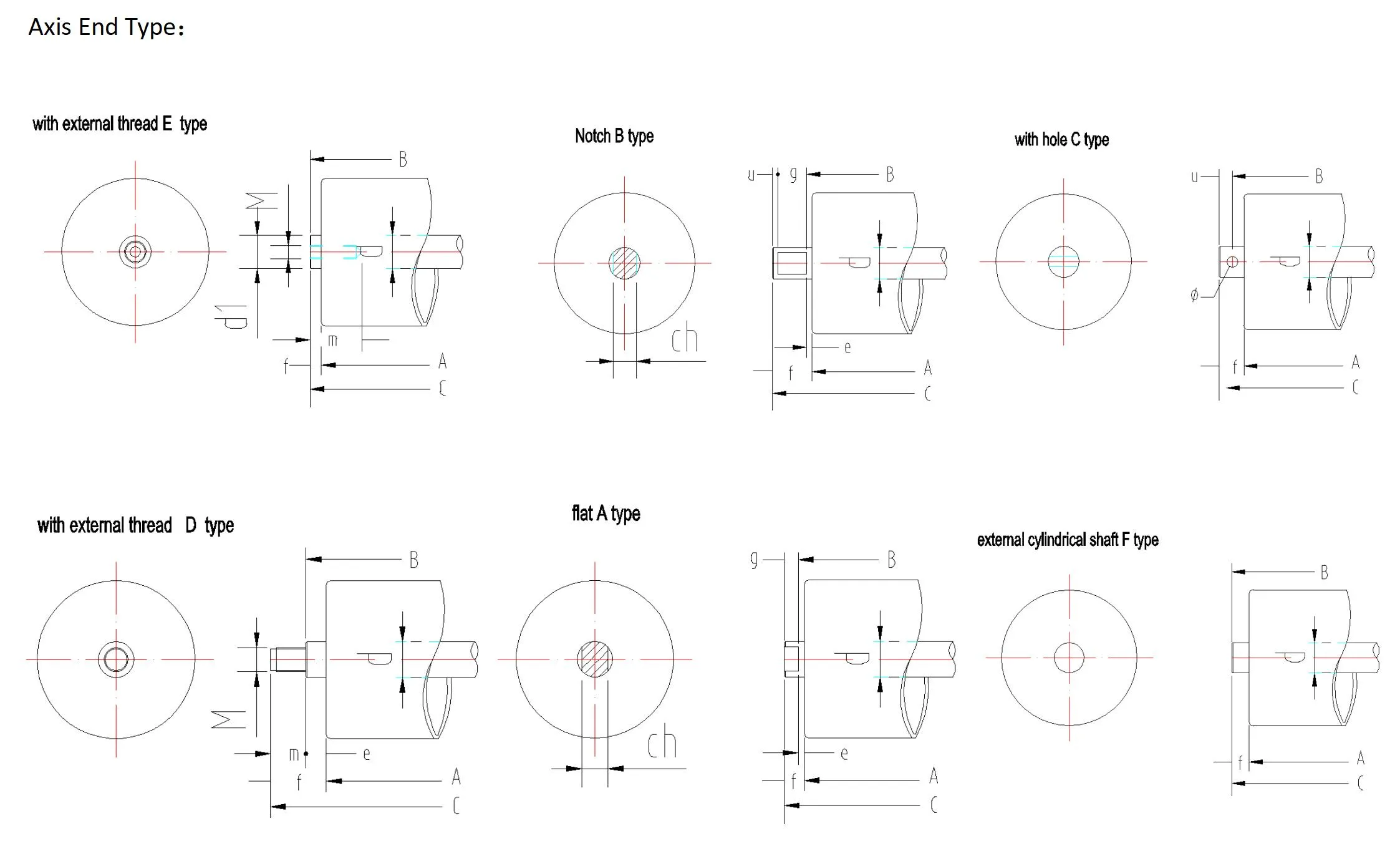 Afrikaans
Afrikaans  Albanian
Albanian  Amharic
Amharic  Arabic
Arabic  Armenian
Armenian  Azerbaijani
Azerbaijani  Basque
Basque  Belarusian
Belarusian  Bengali
Bengali  Bosnian
Bosnian  Bulgarian
Bulgarian  Catalan
Catalan  Cebuano
Cebuano  Corsican
Corsican  Croatian
Croatian  Czech
Czech  Danish
Danish  Dutch
Dutch  English
English  Esperanto
Esperanto  Estonian
Estonian  Finnish
Finnish  French
French  Frisian
Frisian  Galician
Galician  Georgian
Georgian  German
German  Greek
Greek  Gujarati
Gujarati  Haitian Creole
Haitian Creole  hausa
hausa  hawaiian
hawaiian  Hebrew
Hebrew  Hindi
Hindi  Miao
Miao  Hungarian
Hungarian  Icelandic
Icelandic  igbo
igbo  Indonesian
Indonesian  irish
irish  Italian
Italian  Japanese
Japanese  Javanese
Javanese  Kannada
Kannada  kazakh
kazakh  Khmer
Khmer  Rwandese
Rwandese  Korean
Korean  Kurdish
Kurdish  Kyrgyz
Kyrgyz  Lao
Lao  Latin
Latin  Latvian
Latvian  Lithuanian
Lithuanian  Luxembourgish
Luxembourgish  Macedonian
Macedonian  Malgashi
Malgashi  Malay
Malay  Malayalam
Malayalam  Maltese
Maltese  Maori
Maori  Marathi
Marathi  Mongolian
Mongolian  Myanmar
Myanmar  Nepali
Nepali  Norwegian
Norwegian  Norwegian
Norwegian  Occitan
Occitan  Pashto
Pashto  Persian
Persian  Polish
Polish  Portuguese
Portuguese  Punjabi
Punjabi  Romanian
Romanian  Russian
Russian  Samoan
Samoan  Scottish Gaelic
Scottish Gaelic  Serbian
Serbian  Sesotho
Sesotho  Shona
Shona  Sindhi
Sindhi  Sinhala
Sinhala  Slovak
Slovak  Slovenian
Slovenian  Somali
Somali  Spanish
Spanish  Sundanese
Sundanese  Swahili
Swahili  Swedish
Swedish  Tagalog
Tagalog  Tajik
Tajik  Tamil
Tamil  Tatar
Tatar  Telugu
Telugu  Thai
Thai  Turkish
Turkish  Turkmen
Turkmen  Ukrainian
Ukrainian  Urdu
Urdu  Uighur
Uighur  Uzbek
Uzbek  Vietnamese
Vietnamese  Welsh
Welsh  Bantu
Bantu  Yiddish
Yiddish  Yoruba
Yoruba  Zulu
Zulu snub pulley in belt conveyor
The Role of Snub Pulley in Belt Conveyor Systems
In the world of material handling, belt conveyors play a crucial role in the efficient transport of goods across various industries. A key component of these systems, often overlooked but vital to their functionality, is the snub pulley. This article delves into the significance of the snub pulley in belt conveyor systems, its design, and its impact on operational efficiency.
What is a Snub Pulley?
A snub pulley is a type of idler pulley that is utilized in conveyor systems to increase the friction between the belt and the drive pulley. Positioned strategically along the conveyor's path, the snub pulley serves several essential functions, primarily enhancing the efficiency of the conveyor belt. Its design typically consists of a cylindrical shape mounted on a shaft, with bearings that allow it to rotate freely.
Functions of the Snub Pulley
1. Increasing Belt Tension One of the primary functions of the snub pulley is to create additional tension in the conveyor belt. By introducing an extra point of contact between the belt and the drive pulley, the snub pulley helps to increase the frictional force, ensuring that the belt remains securely in place during operations. This is particularly important during the startup of the conveyor when the belt is subject to more significant tension.
2. Improving Drive Efficiency The snub pulley enhances the driving efficiency of the conveyor system. By increasing the effective contact area between the belt and the drive pulley, the snub pulley allows the system to transmit more power effectively. This can lead to reduced wear on the belt and other components, ultimately prolonging their lifespan.
3. Facilitating Belt Tracking Proper belt tracking is essential to avoid misalignment that can lead to system failures or damage. The snub pulley helps guide the belt along its intended path, ensuring that it remains centered and aligned. This is particularly critical in long conveyors where even a slight deviation can result in increased wear and tear.
snub pulley in belt conveyor

4. Minimizing Slippage Slippage between the belt and the drive pulley can lead to inefficiencies and equipment damage. The snub pulley increases the contact area and tension, reducing the likelihood of slippage during operation. This allows for more consistent performance and reduces the risk of unexpected downtimes.
Design Considerations
When designing a belt conveyor system, several factors influence the selection and placement of snub pulleys. The material being conveyed, the weight of the belt, the operating environment, and the desired speed are all critical considerations. Engineers must ensure that the snub pulley is appropriately sized and positioned to achieve optimal performance.
Maintenance of Snub Pulleys
Like all components of a belt conveyor system, snub pulleys require regular maintenance to ensure their longevity and effectiveness. Routine inspections should include checking for wear on the pulley surfaces, ensuring proper alignment, and lubricating bearings as needed to prevent friction and overheating.
Conclusion
In summary, the snub pulley is an integral component of belt conveyor systems, contributing to enhanced tension, improved efficiency, effective belt tracking, and reduced slippage. By understanding the role of the snub pulley and ensuring its proper design, placement, and maintenance, industries can achieve more reliable and efficient material handling processes. As technology continues to advance, the optimization of components such as the snub pulley will remain essential to the evolution of conveyor systems, paving the way for even greater efficiency in material transport.
-
Revolutionizing Conveyor Reliability with Advanced Rubber Lagging PulleysNewsJul.22,2025
-
Powering Precision and Durability with Expert Manufacturers of Conveyor ComponentsNewsJul.22,2025
-
Optimizing Conveyor Systems with Advanced Conveyor AccessoriesNewsJul.22,2025
-
Maximize Conveyor Efficiency with Quality Conveyor Idler PulleysNewsJul.22,2025
-
Future-Proof Your Conveyor System with High-Performance Polyurethane RollerNewsJul.22,2025
-
Driving Efficiency Forward with Quality Idlers and RollersNewsJul.22,2025





























